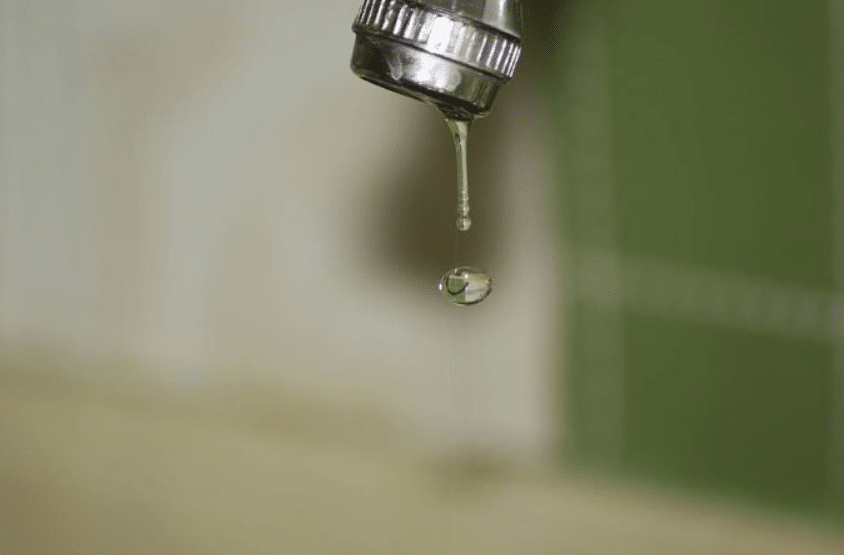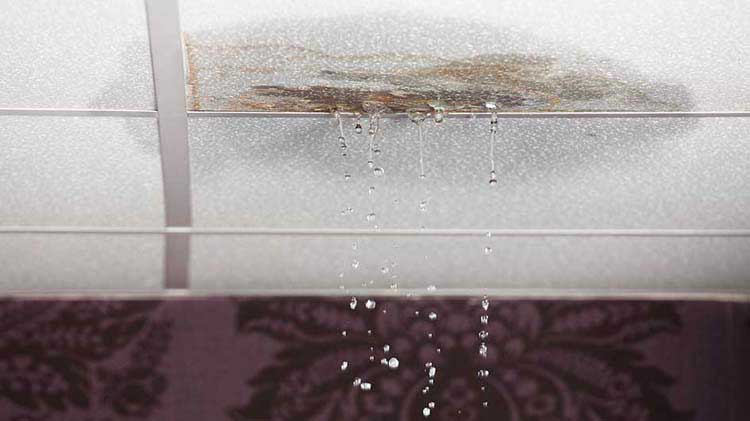Identify A Half-Dozen of The Commonest Triggers for Leakage Within Your Residence
Identify A Half-Dozen of The Commonest Triggers for Leakage Within Your Residence
Blog Article
We have stumbled on this great article involving Top Causes of Home Water Leaks listed below on the web and decided it made perfect sense to discuss it with you on this page.

Leaks not only create waste of water yet can likewise trigger unnecessary damage to your residence and promote undesirable natural development. By comprehending and looking for everyday circumstances that create leaks, you can secure your residence from future leaks as well as unnecessary damages.
Instantaneous temperature changes.
Extreme temperature level adjustments in our pipelines can trigger them to broaden and get suddenly. This development as well as contraction might create cracks in the pipelines, specifically if the temperature are listed below cold.
Corroded water supply
This may be the cause of staining or bending on your water pipes. If our plumbing system is old, consider changing the pipes given that they are at a greater danger of deterioration than the newer models.
Malfunctioning Pipe Joints
The factor at which your pipes connect is often the weakest web link in the waterline. Pipeline joints can wear away gradually, resulting in water leakages. Sadly, the majority of pipeline joints are not quickly visible. If you have loud pipes that make ticking or banging noises, especially when the warm water is turned on, your pipe joints are possibly under a great deal of pressure. It is a good idea to have your plumber check your system annually.
Elbowing in roots
A lot of water leaks start outside your house as opposed to inside it. If you discover an unexpected decline in water pressure, say in your faucet, take some time to go out and examine your lawn. You could observe damp spots or sinkholes in your lawn, and that could imply that tree origins are attacking water lines causing water to seep out. You can have your plumber check for invasion, especially if you have trees or shrubs near your residential or commercial property.
Poor Water Connectors
At times, a leakage can be triggered by loosened pipes as well as pipelines that provide your appliances. In situation of a water links leak, you may discover water running directly from the supply line or puddles around your appliances.
Obstructed Drains
Blocked drains pipes might be frustrating as well as inconveniencing, yet they can in some cases wind up triggering an overflow leading to rupture pipelines. Keep getting rid of any products that may decrease your drains pipes that could clog them to stay clear of such inconveniences.
All the above are sources of leaks yet not all water leakages result from plumbing leakages; some leakages may come from roof covering leakages. All leakages must be repaired promptly to stay clear of water damages.
Leakages not only create waste of water yet can additionally cause unnecessary damages to your house and promote unwanted natural growth. By looking and also comprehending for everyday situations that create leaks, you can safeguard your residence from future leaks and also unnecessary damages. Today, we will look at six leakage triggers that might be causing your pipelines to drip.
At times, a leak can be created by loose tubes and pipes that provide your appliances. In situation of a water links leakage, you may discover water running straight from the supply line or pools around your appliances.
How To Check For Water Leak In Your Home
How To Check for Leaks
The average household's leaks can account for nearly 10,000 gallons of water wasted every year and ten percent of homes have leaks that waste 90 gallons or more per day. Common types of leaks found in the home are worn toilet flappers, dripping faucets, and other leaking valves. These types of leaks are often easy to fix, requiring only a few tools and hardware that can pay for themselves in water savings. Fixing easily corrected household water leaks can save homeowners about 10 percent on their water bills.
To check for leaks in your home, you first need to determine whether you're wasting water and then identify the source of the leak. Here are some tips for finding leaks:
Take a look at your water usage during a colder month, such as January or February. If a family of four exceeds 12,000 gallons per month, there are serious leaks.
Check your water meter before and after a two-hour period when no water is being used. If the meter changes at all, you probably have a leak.
Identify toilet leaks by placing a drop of food coloring in the toilet tank. If any color shows up in the bowl after 10 minutes, you have a leak. (Be sure to flush immediately after the experiment to avoid staining the tank.)
Examine faucet gaskets and pipe fittings for any water on the outside of the pipe to check for surface leaks.
Undetected water leaks can happen without the home or business owner even realizing. If you suspect a water leak, but not able to find the source. It is time to contact a professional water leak detection service, The Leak Doctor.
How To Find a Water Leak In Your Home
https://www.leakdoctor.com/blog/How-To-Check-For-Water-Leak-In-Your-Home_AE197.html

We had been made aware of that editorial on Most Common Causes of Leaky Pipes from a good friend on another web blog. Sharing is nice. You just don't know, you may just be helping someone out. Thanks a lot for your time. Please pay a visit to our site back soon.
For instant fixes, dial! Report this page